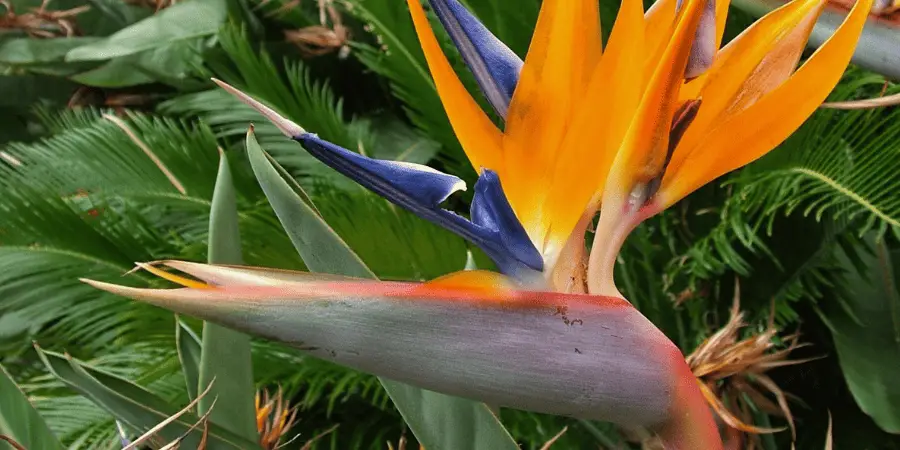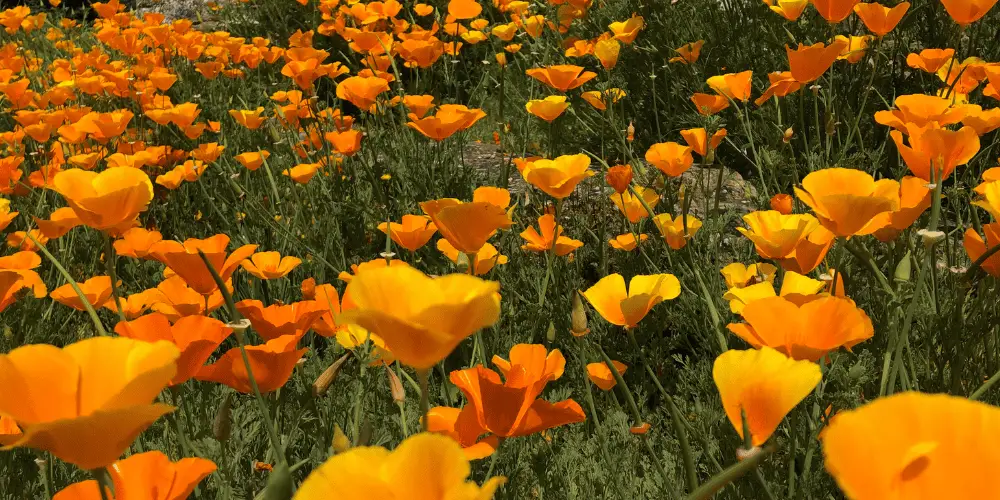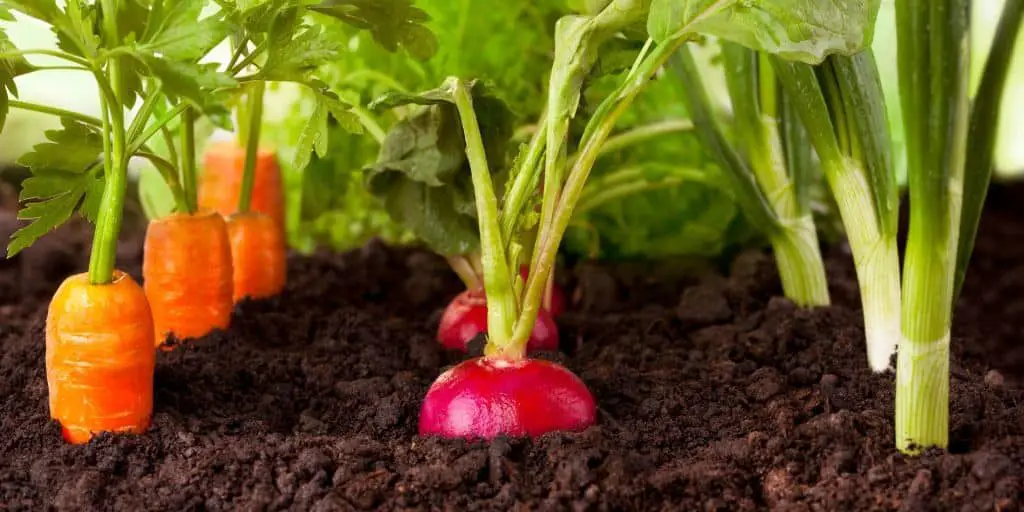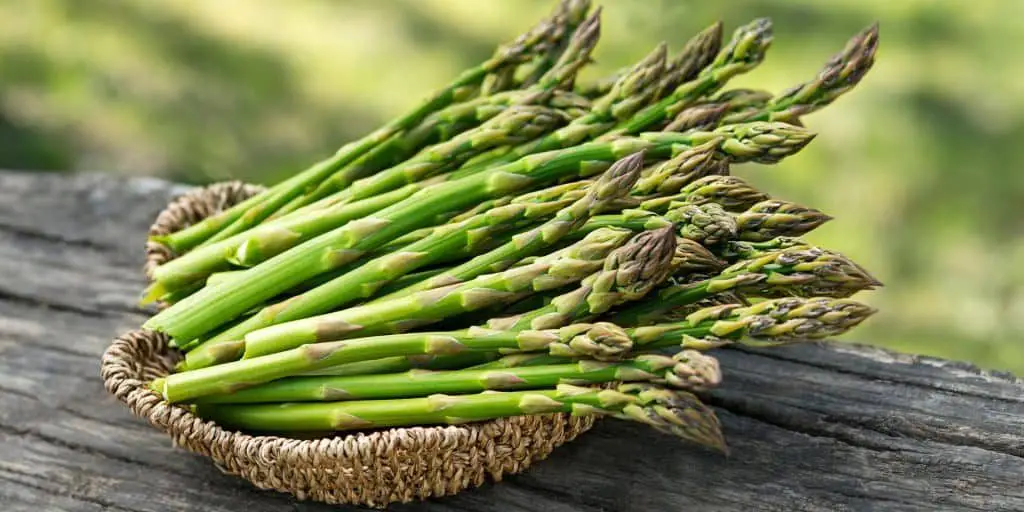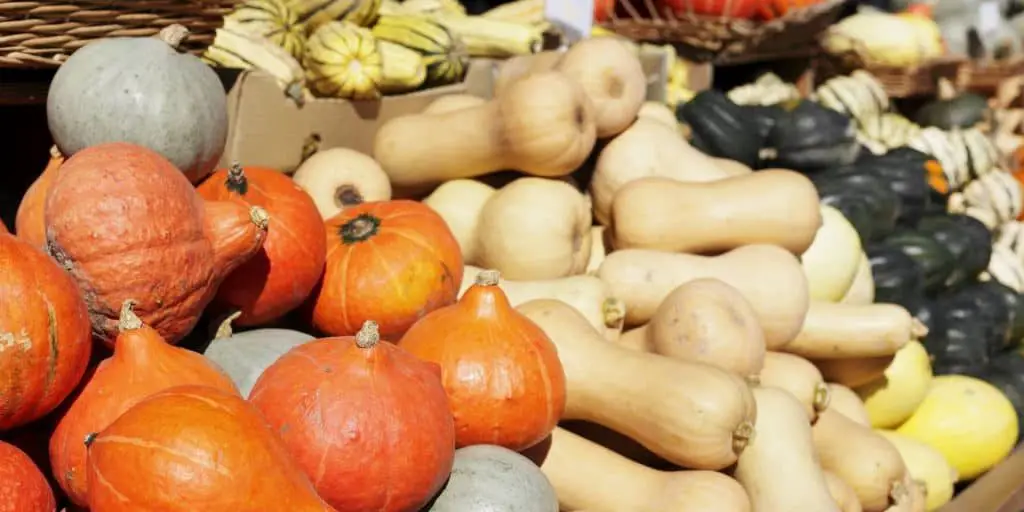
Asparagus Companion Plants
Asparagus is a popular and nutritious vegetable that is often grown in home gardens. While asparagus is a relatively easy plant to grow, it can benefit from being planted alongside certain companion plants. In this article, we will discuss the most common companion vegetables for asparagus and explain why they are beneficial to plant together. We will also include 3 plants or flowers that can help to deter insects away from asparagus. Whether you are a seasoned gardener or new to growing your own vegetables, this information will be helpful in maximizing the health and yield of your asparagus plants.
- Calendula: This bright, colorful flower is known for its ability to attract pollinators and other beneficial insects to the garden and also deter asparagus beetles. When planted alongside asparagus, it can help improve the overall health and yield of the asparagus plants.
- Petunias: These attractive flowering plants are a favorite of gardeners due to their vibrant colors and ability to thrive in a variety of conditions. They can also help to deter pests and insects (including asparagus beetles) from damaging the asparagus plants.
- Tomatoes: These tasty vegetables are a common companion plant for asparagus due to their ability to improve the health and flavor of the asparagus. They can also provide shade and support for the asparagus plants. Like Calendula and Petunias, tomatoes repel asparagus beetles. Tomatoes are the most well known asparagus companion plant, as the two vegetables are symbiotically linked.
- Carrots: Carrots and asparagus are often planted together because they both prefer well-draining soil and can tolerate similar growing conditions. Carrots also have a deep root system that can help to loosen and improve the soil quality.
- Lettuce: This leafy green vegetable is a fast-growing companion plant for asparagus. It can be planted in the spaces between asparagus plants and will be ready to harvest long before the asparagus is ready.
- Radishes: Like lettuce, radishes are a fast-growing vegetable that can be planted in the gaps between asparagus plants. They are also known for their ability to help improve soil structure and drainage.
- Spinach: Spinach is another leafy green vegetable that can be planted alongside asparagus. It is a fast-growing plant that can be harvested before the asparagus is ready.
In addition to these beneficial companion plants, there are also several plants and flowers that can help to deter insects from damaging the asparagus plants. These include marigolds, basil, and lavender. Marigolds and basil are known for their strong scents, which can help to repel insects, while lavender is known for its ability to deter moths and other pests.
When planting asparagus, it is important to give the plants enough room to grow and spread out. As a general rule, asparagus plants should be spaced about 18-24 inches apart, with rows spaced about 3-5 feet apart. This will give the plants enough space to develop strong root systems and produce a good yield.
In addition to spacing the plants correctly, be sure to choose the right location for your asparagus bed. Asparagus prefers well-draining soil and full sun, so choose a spot in your garden that gets plenty of sunlight and has good drainage. If your soil is heavy or prone to standing water, you may need to add compost or make other changes to improve drainage.
Asparagus plants do not typically require a trellis or other support structure, but you may want to consider using one if you have limited space in your garden. A trellis can help to keep the asparagus plants upright and allow them to grow more efficiently. Just be sure to choose a sturdy trellis that can support the weight of the asparagus plants as they grow.
Finally, it is important to keep the asparagus bed well-weeded and well-watered. Asparagus plants are relatively drought-tolerant, but they will perform better if they are kept consistently moist. Be sure to water your asparagus plants deeply and regularly, especially during dry spells. With proper care and attention, your asparagus plants should thrive and produce a bountiful harvest for years to come.
Overall, it is important to be mindful of the plants you choose to grow alongside asparagus. While some vegetables and plants can happily coexist with asparagus, others may not play well together and could potentially cause issues for your beloved asparagus plants. To ensure your asparagus grows to its full potential and produces a bountiful harvest, be sure to carefully select your companion plants and follow proper gardening practices. Trust me, your asparagus (and your taste buds) will thank you!
